Problem:
A manufacturer capable of producing the durable and intricate metal components for a cutting edge prosthetic hand, set to take the prosthetics sector by storm.
Solution:
Enter CMG, whose MIM manufacturing process provides the flexibility needed to mould metal to the precise dimensions required for knuckle joints, finger links as well as components for the base of the hand.
Summary:
Metal Injection Moulding is the ideal manufacturing process for components of such a small size that require such a high level of detail and durability. The ‘bionic hand’ is a life changing product and something that we are incredibly proud to have been involved with.
Metal Injection Moulding, the vital component to bionic prosthetics
“Anything is possible” is the motto of leading prosthetics specialist which is responsible for designing and building the internationally-acclaimed and award-winning bionic hand.
And this is certainly true of its design approach which included working with experts to create key components to make the prosthetic as effective as possible.
To do this the company enlisted the assistance of Rendlesham-based CMG Technologies, seeking its expertise in Metal Injection Moulding (MIM) to make the complex and intricate elements required for some of the moving parts of the hand.
The collaboration was a meeting of minds, a company that makes transformational prosthetics and a manufacturer that offers a process that makes the production of even the smallest, most complex parts possible via 3D Metal Moulding or Metal Injection Moulding (MIM).
What is CMG’s input?
CMG makes the knuckle joints, finger links as well as a component for the base of this ground-breaking medical product which has become a leading prosthetic hand in the market.
CMG was involved in the design stages of the hand to offer its expertise on the design of these elements and provided advice on elements such as the best materials and the dimensions required to ensure these parts were as delicate in size and shape but hard wearing enough to cope with the multiple movements and extensive use that finger and knuckle joints undergo.
What is MIM?
CMG are the only MIM company in the UK to facilitate he complete MIM process in house even though the method itself has been around since the 1970s.
It offers a manufacturing capability of producing precise, complex parts in large quantities in metal – and therefore greater design freedom than many other production processes.
It works by mixing metal powders with polymer binders to form a “feedstock”. This “feedstock” makes the mixture capable of being handled by plastic processing equipment before the “feedstock” is then burnt away, leaving behind a solid metal component.
This flexibility means you can integrate several elements into a single moulded net shape piece, incorporating texture, knurling, threads, lettering and company logos.
Rachel Garrett, managing director, said:
“We were thrilled to work with a company which is an innovator in their field and this is one of the reasons why we were so delighted to work with them from the outset. We strive to work with companies like this who seek to lead the way using design and technology to make products that have a transformational impact on the lives of the end-user.
“By being involved in the early design stages of a project we can tailor what we do to meet the requirements of the design as well as to advise on the best materials and dimensions to ensure that the component delivers what it needs to as well as it possibly can, but in the most cost effective way.”
CMG is no stranger to making components for medical products, it manufactures 40,000 scalpels a month for the NHS and has recently been part of the national effort to make critical parts for ventilators during the COVID-19 pandemic.

